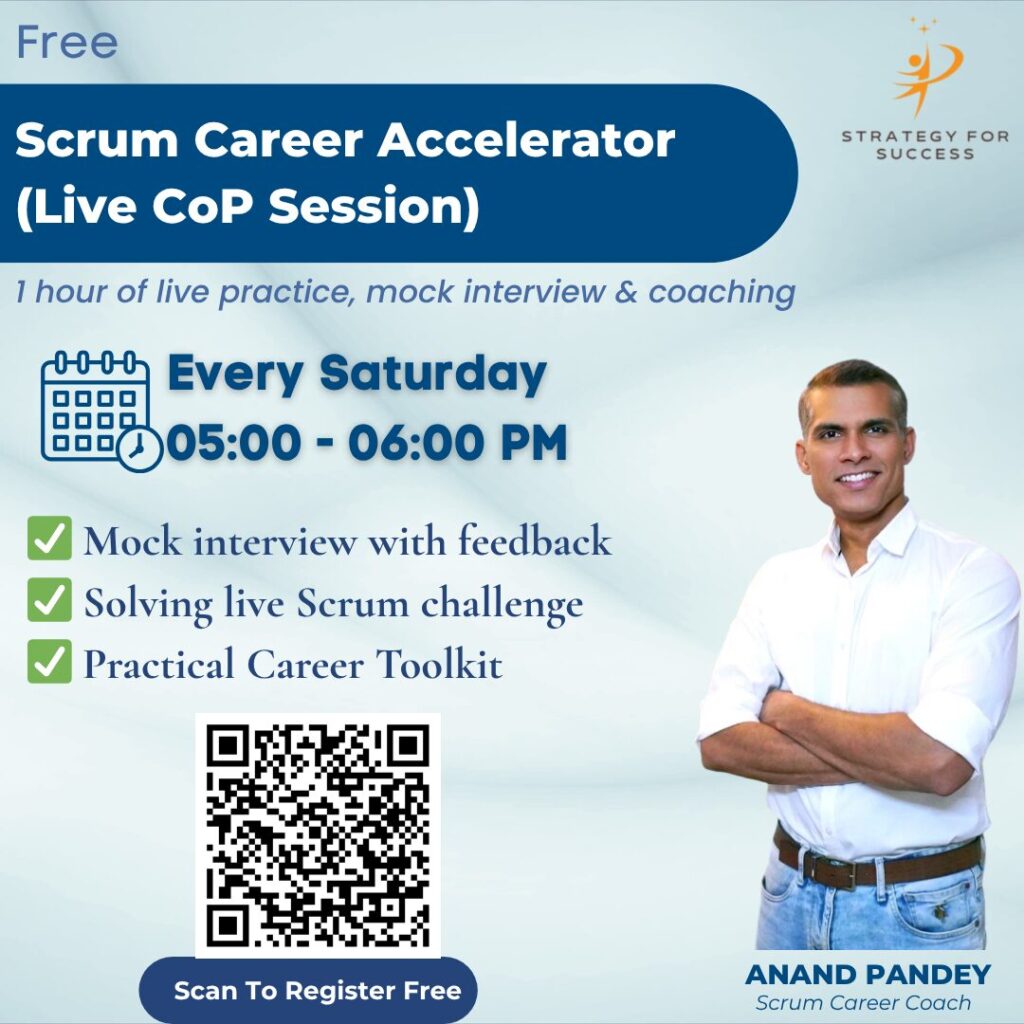[Murali Mohan Narayanabhatla] Me: you must have played Cricket, did you?
New joiner: Yes, I did. I was a bowler myself.
Me: Fantastic - Think of our team like the Cricket team. We all have a purpose of winning the match, isn't it?
New joiner: Yes, we do play to win the match
Me: That is the goal of the match as a team. Then we have team members with varied skills like spinner, pace bowler, batsman and wicket-keeper.
New joiner: Yeah, yeah - we need all those skilled players in the team
Me: - There you go - that is our cross-functional team with skills varying from Angular, Blockchain, Mulesoft, AWS, Dynamo DB and so on. Meet and greet them. We all work or play together with the goal of delighting our customers. Each person has a role to play.
By the way, the team also has a coach like Ravi Shastri. Does he come on to the field if something is going wrong?
New joiner: No!!!
Me: There you have a role similar to a Cricket coach called Scrum Master who lets the team to self-manage. And in crisis situations they all huddle together to make use of the collective intelligence of the people. That is exactly how similar our Scrum Teams are 🙂
On and on... the discussion goes - lol
Scrum Forum
Dive into a dynamic learning community. Ask questions, share your insights and enhance your knowledge. Let your fun learning adventure start here!
𝑯𝒐𝒘 𝒘𝒊𝒍𝒍 𝒚𝒐𝒖 𝒆𝒙𝒑𝒍𝒂𝒊𝒏 𝒘𝒉𝒂𝒕 𝒊𝒔 𝑺𝒄𝒓𝒖𝒎 𝒕𝒐 𝒂 𝒏𝒆𝒘 𝒕𝒆𝒂𝒎 𝒎𝒆𝒎𝒃𝒆𝒓, 𝒘𝒊𝒕𝒉𝒐𝒖𝒕 𝒖𝒔𝒊𝒏𝒈 𝒂𝒏𝒚 𝒌𝒆𝒚𝒘𝒐𝒓𝒅𝒔 𝒇𝒓𝒐𝒎 𝑻𝒉𝒆 𝑺𝒄𝒓𝒖𝒎 𝑮𝒖𝒊𝒅𝒆?
[Michael Lloyd] I wouldnt. If I am avoiding words fron the guide, I am avoiding scrum. I would instead talk about the benefits if rapid experimentation, small batches and limited wip.
If the team member doesnt want to hear about scrum, lets not call it scrum, lets just find our path to agility.
[Jinu Mathew] While I like the cricket and kabbadi example; I’m Indian and have never played nor watched either. So my answer to cricket question would have put the coach in a tough position. So, I think I wouldvpull up a video of rugby/cricket/whatever team that looks like they use scrum and ask the viewer to note what they think the team did to be successful. I find more value in guiding a student to his own answers and then highlighting their answers as the fundamentals that make up the scrum framework. Experiential and visual learning are the way to go. Similarly to teach WIP limits, id use the coin flipping video and ask for observations.
[Doug Rabow] If the new team member is an engineer typically their default setting is design thinking. Scrum should support the way they do their work, so there shouldn't be a whole lot to explain.
I would simply tell them that we set two week goals for what we think we can accomplish and that there is a nice person on our team who works with the customer and manages the list of priorities that we plan our work from. For our ceremonies they will get a meeting invite and I would explain in the meeting why we do each ceremony and how we think it adds value
Copyright © 2023. Target Agility. All rights reserved.

